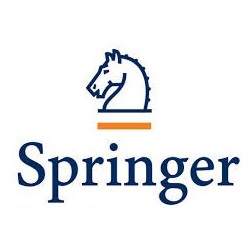Abstract
The recent efforts aimed at providing neuroscientific explanations of how people perceive and experience architectural environments have largely justified the initial belief in the value of neuroscience for architecture. However, a systematic development of a coherent theoretical and experimental framework is missing. To investigate the neurophysiological reactions related to the appreciation of ambiances, we recorded the electroencephalographic (EEG) signals in an immersive virtual reality during the appreciation of interior designs. Such data have been analyzed according to the working hypothesis that appreciated environments involve embodied simulation mechanisms and circuits mediating approaching stimuli. EEG recordings of 12 healthy subjects have been performed during the perception of three-dimensional interiors that have been simulated in a CAVE system and judged according to dimensions of familiarity, novelty, comfort, pleasantness, arousal and presence. A correlation analysis on personal judgments returned that scores of novelty, pleasantness and comfort are positively correlated, while familiarity and novelty are in negative way. Statistical spectral maps reveal that pleasant, novel and comfortable interiors produce a de-synchronization of the mu rhythm over left sensorimotor areas. Interiors judged more pleasant and less familiar generate an activation of left frontal areas (theta and alpha bands), along an involvement of areas devoted to spatial navigation. An increase in comfort returns an enhancement of the theta frontal midline activity. Cerebral activations underlying appreciation of architecture could involve different mechanisms regulating corporeal, emotional and cognitive reactions. Therefore, it might be suggested that people’s experience of architectural environments is intrinsically structured by the possibilities for action.








